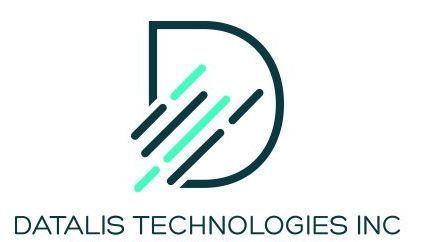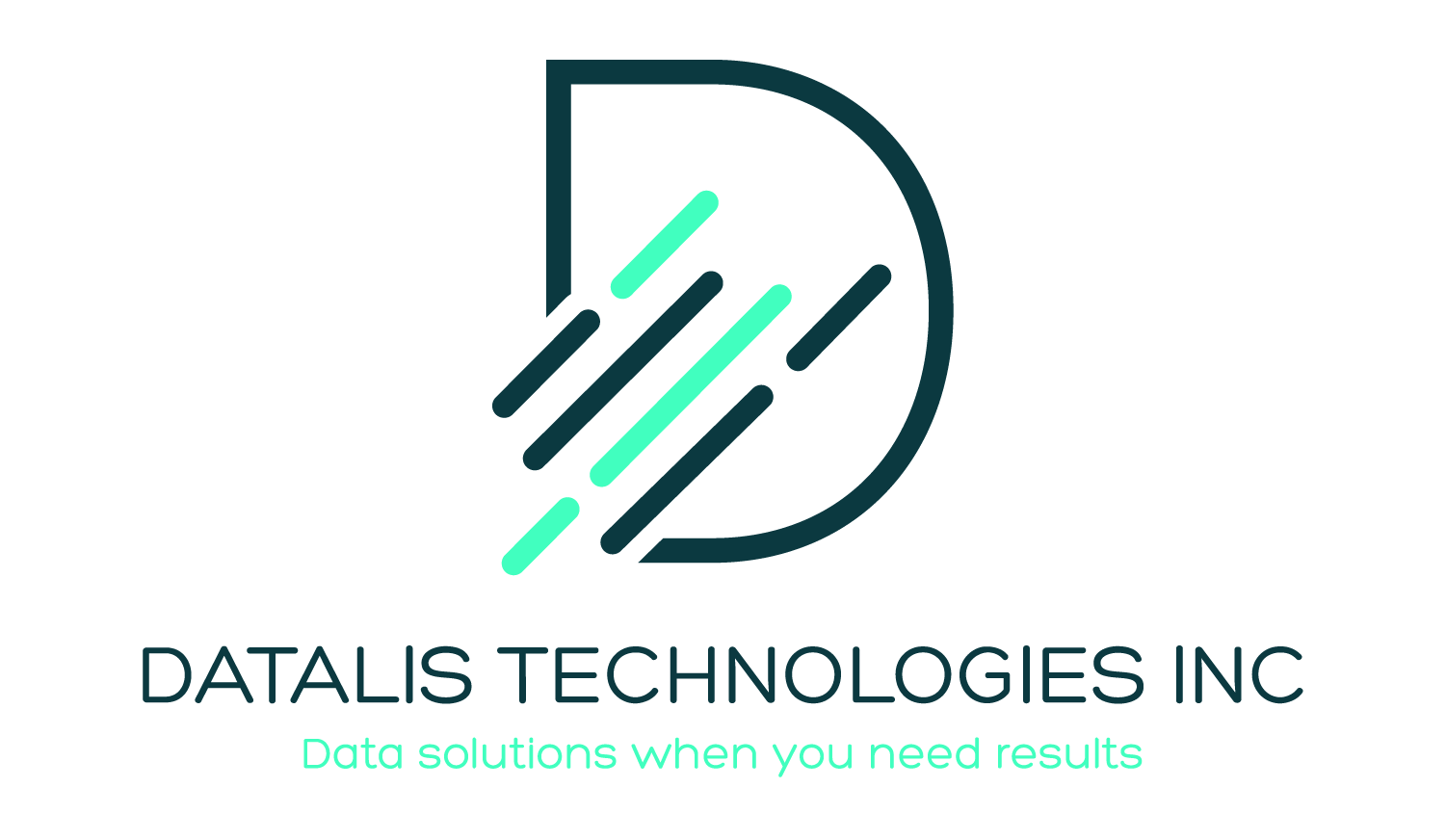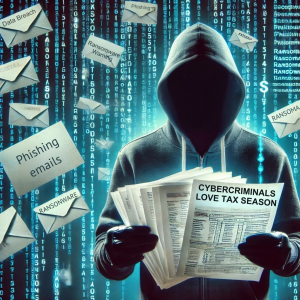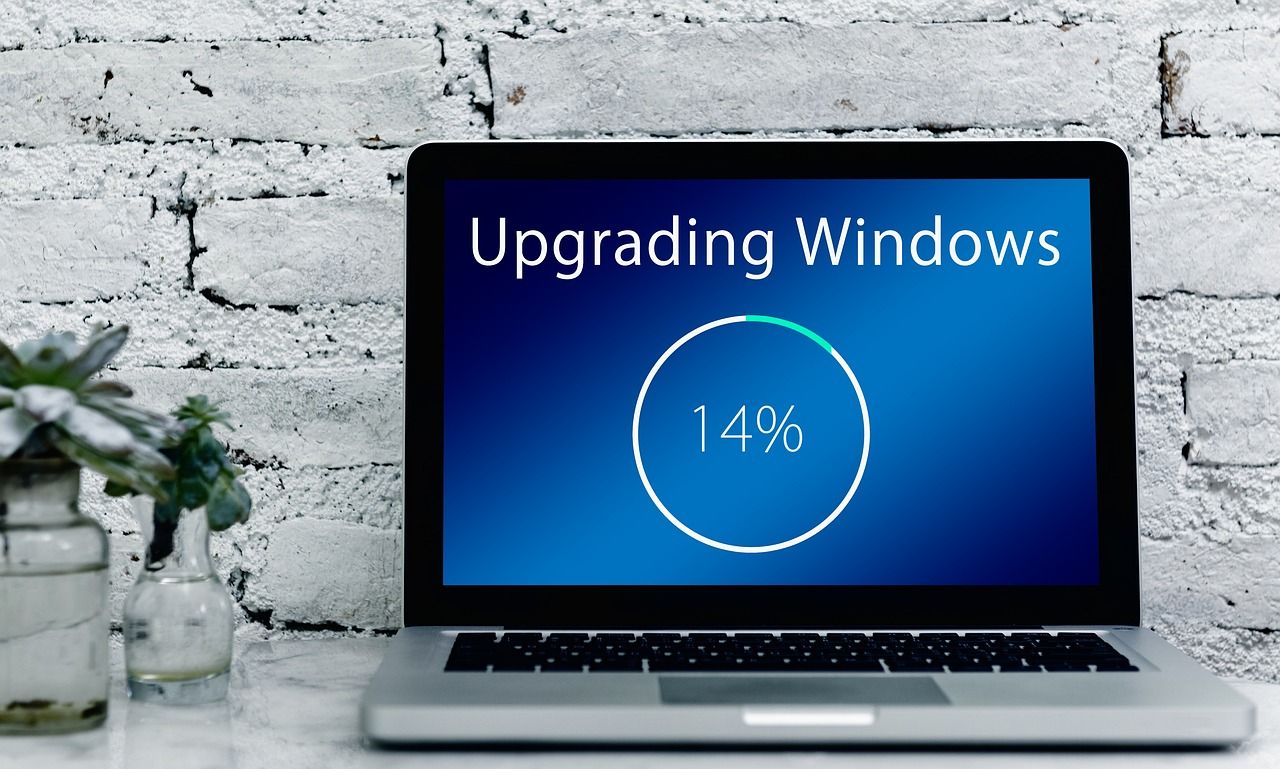By Manij Battle
•
December 23, 2024
1. You Can’t Reach Them During Emergencies When you’re facing a network meltdown or a cybersecurity breach, waiting on hold or leaving a voicemail isn’t an option. A reliable IT provider should answer your calls live or return them within 30 minutes, especially in emergencies. If your provider is MIA when you need them most, that’s a big red flag. 2. They Don’t Monitor Your Network Proactively Your IT provider should be the one alerting you to issues - not the other way around. Proactive monitoring means they’re tracking your systems for downtime, breaches and inefficiencies, then bringing solutions to you before problems arise. If you’re constantly finding issues they’ve missed, they’re not doing their job. 3. Cybersecurity Isn’t Their Priority “Cybersecurity” isn’t just a buzzword, it’s the backbone of modern IT. If your provider hasn’t created and implemented a comprehensive cybersecurity plan that includes ransomware protection and data backup, they’re putting your business at risk. Great IT providers are always proposing new ways to keep you safe from the latest hacker tricks. If yours isn’t, it’s time to rethink your partnership. 4. Their Support Is Inconsistent And Hard To Use Are they responsive even for nonemergency issues? Do they have a clear, customer-friendly ticketing system to log and prioritize your requests? If your team is frustrated by long waits, unresolved problems or clunky processes, you’re dealing with a provider who’s not putting your needs first. 5. They Don’t Provide Clear Invoices You should always know exactly what you’re paying for. If you’re getting vague invoices or being nickeled-and-dimed for every little service, that’s a problem. Transparency about costs is a hallmark of a great IT provider, and you deserve to know where your money is going. 6. They’re Not Testing Backups Regularly Backing up data is critical - but if no one is testing those backups, you could be in for a rude awakening when disaster strikes. If your IT provider isn’t doing regular test restores to ensure your data can be recovered, it’s time to find someone who takes your backups as seriously as you do. 7. Projects Are Always Late And Over Budget Does every IT project feel like a surprise party - with unexpected delays, hidden costs and zero communication? Great IT providers deliver on time and within budget (or at least keep you in the loop if things go off track). If you’re tired of constantly chasing them for updates, it’s time to look elsewhere. Stop Settling For Subpar IT Support Bad IT support is more than a headache - it’s a liability. If any of these signs hit close to home, it’s time to see what truly great IT service looks like. Start with a FREE Network Assessment. We’ll evaluate your current setup, identify vulnerabilities and leave you with actionable steps to improve your technology. Click here to book your FREE Network Assessment now or call our office at 813-200-8844. Let us take the stress out of your IT so you can focus on growing your business.












